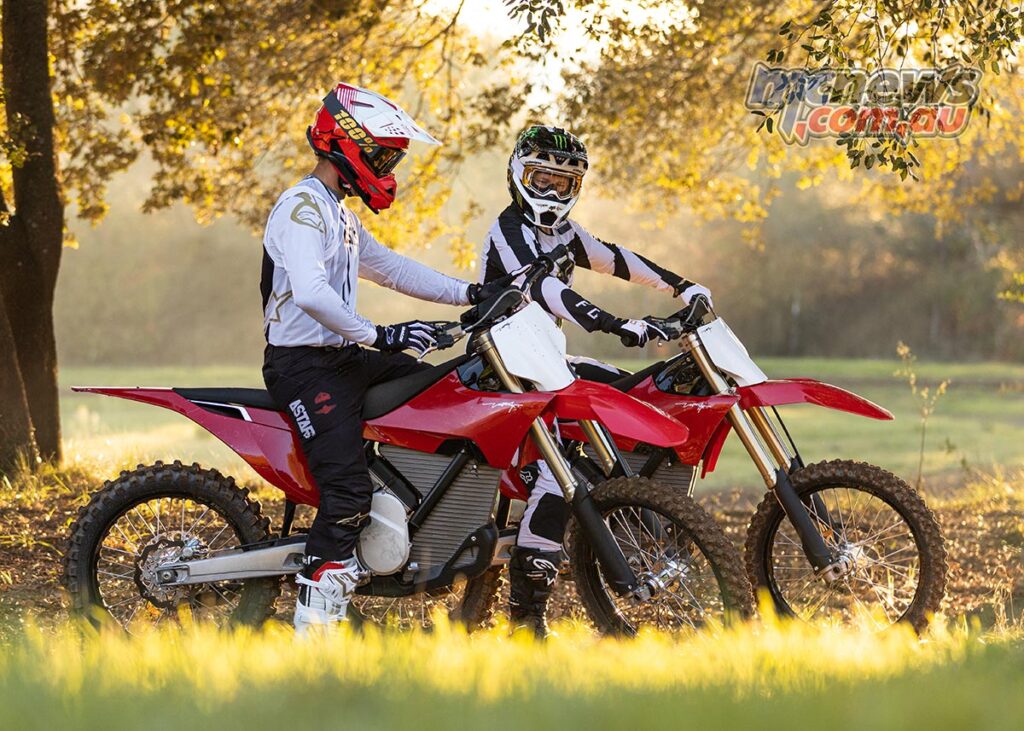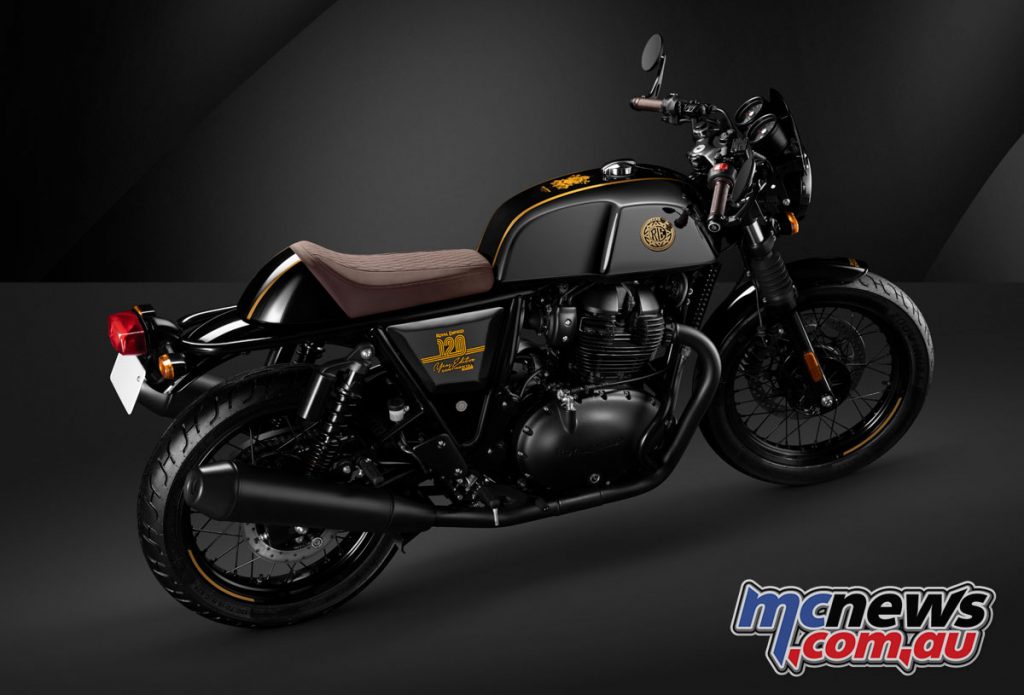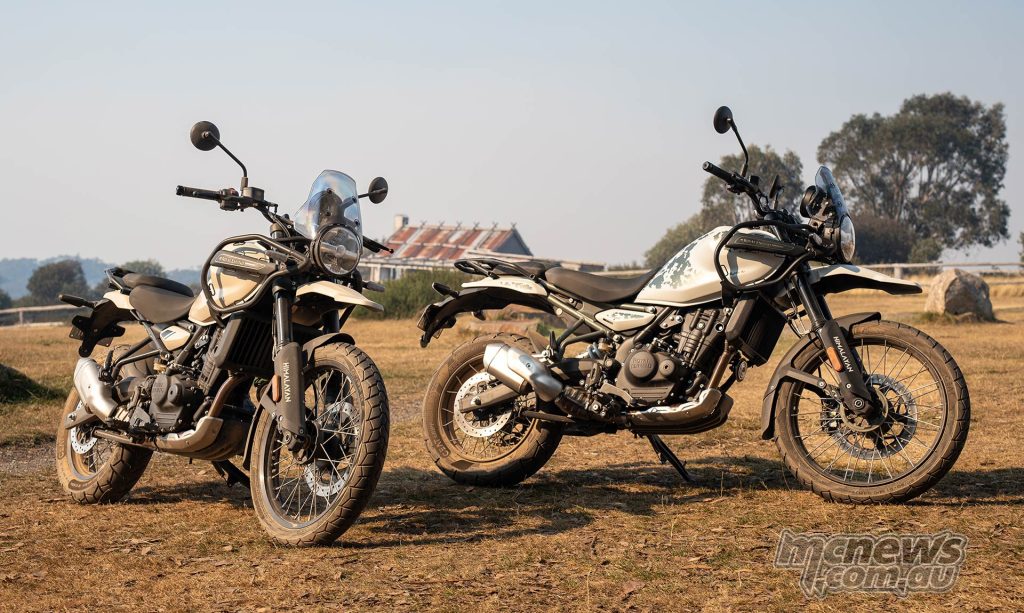Govindarajan Balakrishnan
Royal Enfield CEO Interview
55-year-old Govindarajan Balakrishnan has a long history with Royal Enfield. He served as the COO from 2013 until 2021, when he did a brief stint as Chief Director. He was then appointed Chief Executive Officer, alongside duties as a Wholetime Director on the Board of EML (Eicher Motors Limited), in May 2022.

Hailing from Chennai, his background is as a Mechanical Engineer with a postgraduate degree in Materials Management. He joined Royal Enfield as a manager and worked his way up through the ranks, sharing a straight-to-the-point attitude when explaining that he thinks problems are to be solved, not just discussed. He focuses on agility and listening to customers.

BGR, as he is known by short, also serves as EML’s Director on the board of Stark Future. EML acquired a €50 million stake in Stark at the end of 2022.

BGR’s roles have included establishing technology centres in India and the UK and being a driving force behind expanding their global footprint, including the setup of four subsidiaries and five CKD (complete knockdown kits sent for assembly in other parts of the world) plants.
On motorcycles specifically, he was involved in the development of the Himalayan, Interceptor and Continental GT 650 twins, as well as the Super Meteor 650, alongside the J-platform, including the Hunter, Meteor, Classic and Bullet models.

Trev caught up with Govindarajan Balakrishnan recently at the opening of the flash new Royal Enfield dealership in Sydney, Moto Machine.

Trevor Hedge: Did you and your fellow management group back in India at HQ ever imagine that Royal Enfield would have achieved the success it has in Australia? The brand has really risen to new heights since Urban Moto Imports took over the distributorship in 2016. I would have to imagine the sales numbers have exceeded your expectations both here and in New Zealand.
B. Govindarajan: “Yeah, I think about eight, nine years back, distributor UMI, we signed up with them, and they have been good partners to us, and now they are aggressively looking at expansion of the retail network. Which is very good. I’ve been visiting all the retail network for the past few days, and it is coming out very well.
“As far as the market is concerned, I think the market has not grown for the past few years, but with all the new products coming and with the macroeconomic sentiments opening up in Australia and New Zealand, I am very confident the numbers are going to go up for Royal Enfield over time.
“Currently, I am happy to tell you we are amongst the top three in the Australian market (in the 250-750 cc segment), and we are currently the number one selling motorcycle outright in New Zealand, and the Himalayan is the biggest selling motorcycle in NZ.”

Trev: I’ve seen that personally myself in New Zealand. I was there with my partner on holiday last year, and we were in Queenstown. I’m like, there’s a Royal Enfield, there’s a Royal Enfield, there’s a Royal Enfield, so I’ve seen with my own eyes your success in New Zealand for sure. How do Australia and NZ rank on the global sales for Royal Enfield?
B. Govindarajan: “Australia is also a top strategic market for us and for us. UK, USA, and Australia are all very important markets, and with the current line-up of motorcycles that we have, we feel the Australian market will also open up in time for us.
“Fundamentally the Himalayan, the new Himalayan which has come in – because Australia is a motorcycle market which likes adventure motorcycles – the Himalayan is a perfect motorcycle for the people who love adventure motorcycling, and that’s why I’m very confident that in the Australian market, Royal Enfield will garner the market share more and more.”

Trev: Royal Enfield’s three-year warranty and roadside assistance package is 12 months more generous than most other brands in this market. Was that driven by Joe and Urban Moto or HQ in India?
B. Govindarajan: “I think fundamentally, Royal Enfield believes that we should give peace of mind to the people when they buy into the Royal Enfield. They should only enjoy the motorcycling. They should not be worried about any of the niggling issues which can come up. So we always feel that you are part of us, you should enjoy the motorcycling, and we are here to support you and take care of you. You go, be on a saddle of Royal Enfield, enjoy the motorcycling.
“That’s a fundamental thing which drives us to take that decision. It’s not a tactical decision. It’s fundamentally the love for motorcycling, and the connection that we wanted to have with the consumer, thereby enjoying motorcycling. That’s the decision point for us.”
Trev: But again, was that driven from Urban Moto here in Australia or driven from India?
B. Govindarajan: “I think it is across the globe Royal Enfield has started doing it. That’s what we are now looking at market by market.”

Trev: As part of the Eicher group, the owners of Royal Enfield, of which you are a director, and Eicher have an equity stake in Starkvarg. How big a stake does Eicher have in Stark and is this a part of a wider vision for some cross-pollination between Stark and Royal Enfield? Whereby Stark’s experience will eventually help drive Royal Enfield into the EV space? Is there a rough timeline for what you envisage that this this might bear fruit somewhere?
B. Govindarajan: “So Stark is a start-up out of Spain and they have a thought process like what Royal Enfield also has. They are good in modular design, compact design, and lightweight materials. That’s all the areas, and it’s mostly a different motorcycle; they are motocross motorcycles; we are not in motocross.
“But what Royal Enfield brings to the table for Stark is about supply chain efficiencies, ramp up, what are the issues which they can solve, and about scaling, which as a start-up they are struggling with. So we help them out in this. We will probably do some components for them out of India. And they will do some design for us out of their office in Spain and in Croatia.
“So because the thought process is similar, we have invested in Stark, and currently, it’s only on a technical collaboration level, and we will see how it progresses. Any investments has to build over a relationship basis and it is just about a year, the relationship is positive and it is building on and we’ll see how it goes for a period of time.”
Trev: But Eicher has a financial investment in Stark? Do they have a part equity ownership?
B. Govindarajan: “Yeah, we have invested in Stark. It’s about 10 per cent.”

Trev: And some of the things Stark is also doing, not only in their end product but also in regard to the way they retail their products, it’s fairly revolutionary. Not only in the way the customers order and option the bikes but also their spares are done through the same website process and all the rest of it. Do you see some of what they’re doing in that approach might eventually be where most of the motorcycle market might move towards that model eventually?
B. Govindarajan: “It’s too early to say, because consumer preferences are changing. So direct to the consumer, D2C, is the thing today, everybody is talking about it. So Stark has already adopted it, and what Royal Enfield is doing is we are doing a piloting of all these things. We’ll create a playbook of what it means for D2C and what it means for different retail formatting and all those things. We actually do the surveys for the future.
“All those things will create a playbook, we’ll do pilot, we’ll test it out and then be ready in case the market is ready to accept those things, at that point of time we will switch over. Currently, we are not changing the structure.”

Trev: Thanks for your time. I hope you get to see more of Australia while you’re here and when you come back again. Congratulations on the success of your brand both here and in New Zealand.
B. Govindarajan: “Thank you, Trevor. It’s been wonderful speaking to you.”
























